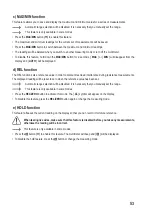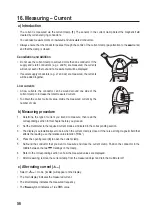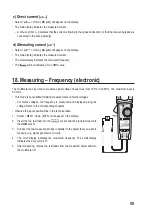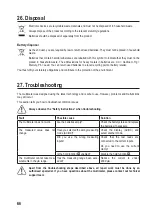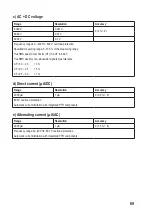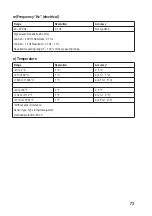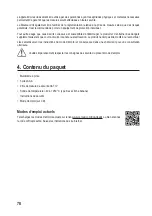
66
26. Disposal
Electronic devices are recyclable waste materials and must not be disposed of in household waste.
Always dispose of the product according to the relevant statutory regulations.
Batteries should be disposed of separately from the product.
Battery disposal
As the end user, you are required by law to return all used batteries. They must not be placed in household
waste.
Batteries that contain harmful substances are labelled with this symbol to indicate that they must not be
placed in household waste. The abbreviations for heavy metals in batteries are: Cd = Cadmium, Hg =
Mercury, Pb = Lead. You can return used batteries to a local recycling point or battery retailer.
You thus fulfil your statutory obligations and contribute to the protection of the environment.
27. Troubleshooting
The multimeter was designed using the latest technology and is safe to use. However, problems and malfunctions
may still occur.
This section tells you how to troubleshoot common issues:
Always observe the “Safety instructions” when troubleshooting.
Fault
Possible cause
Solution
The multimeter does not work.
Are the batteries empty?
Check the battery status and replace
the batteries if necessary.
The measured value does not
change.
Have you selected the wrong measuring
mode (AC/DC)?
Check the display (AC/DC) and
select another mode.
Did you use the wrong measuring
inputs?
Check that the test leads are
connected to the correct inputs.
Do you need to use the current
clamp?
Is the hold function enabled?
Disable the hold function .
The multimeter cannot take mea-
surements in the µA range.
Has the measuring range been exce-
eded?
Reduce the current to under
2000 µA.
Apart from the troubleshooting steps described above, all repair work must be done by an
authorised specialist. If you have questions about the multimeter, please contact our technical
support team.


